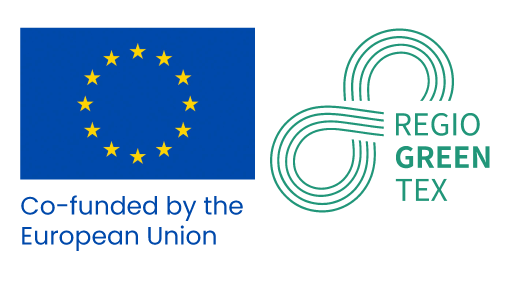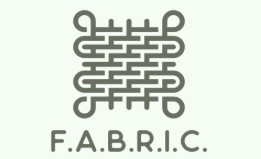HOW FABRIC IS PRODUCED
Fabric is substantially a weave of weft and warp yarns. Selvedges are two narrow borders, on each side of the fabric, the construction of which is strong enough to tighten the warp threads at the edge to prevent fraying.
The factors that determine the use, aspect and hand of the fabric are the construction (type of weave), the finish (which includes various processes after the weave) and the dyes (or the prints). Upholstery fabrics can be composed of cotton/ polyester blends (widely used for their excellent characteristics), pure cotton, pure linen or blends with viscose, silk, hemp etc.
WHY CASALEGNO FABRICS ARE WORTH MORE
Jacquard.
Wide widths.
Twisted yarns in warp and weft.
Verifica qualità sia tessuti grezzo che finito.
Quality control of greige and finished goods.
Use of certified non-tossic dyes.
Class 1, Trevira CS flame-retardants.
Certification of technical data concerning fastness and resistance of the materials.
LOOMS
Usually fabrics are woven on dobby or jacquard looms, the former is used for simple constructions such as plain weaves or "faux jacquards", the latter for weaving patterns of prominent dimension, thus creating fabrics of major value and importance.
These 2 types of machinery have seen great evolution and various different technologies have developed there from.
In jacquard looms, for example, we may find lance, air shuttle and waterjet machines.
All, however, operate with a weft and a warp.
The former feeds the loom by means of bobbins prepared in the factory, or bought directly from the yarn mill, whilst the warp comes on a beam directly off the warping machine.
This machine assembles a certain number of yarns and throws them onto the beam across small bobbins so that the yarn is homogeneous and ready for weaving.
When the fabric comes off the loom it must be checked; i.e.: rolled onto a machine which gives the possibility to control the quality and eliminate any eventual defects. The next step is finishing. Some fabrics are scoured or bleached, purged and thermo-fixed whilst others may be treated with particular substances which may improve the characteristics (hand, stain resistance etc.).
COLOURS
Colouring may be obtained in 2 different ways: by dyeing the yarns or by dyeing the woven fabric. In the first case, the yarns are coloured directly thus offering a vast selection of shades for the construction of the fabric. In piece-dyed fabrics, the material is dipped into dye during or after the finishing process.
The dyes may selectively colour one fibre and not the other, as for example cotton and not polyester and vice versa. Obviously the number of colours obtained is limited to the presence and to the variety of yarns of different compositions.
Printing is a process by means of which even complex designs of various shades are transferred to the fabric. Pigment is deposited onto the material with a method similar, in concept, to that used for printing on paper.
The final stages include additional quality-checking, the make-up on rolls or on beams in full width.
|

